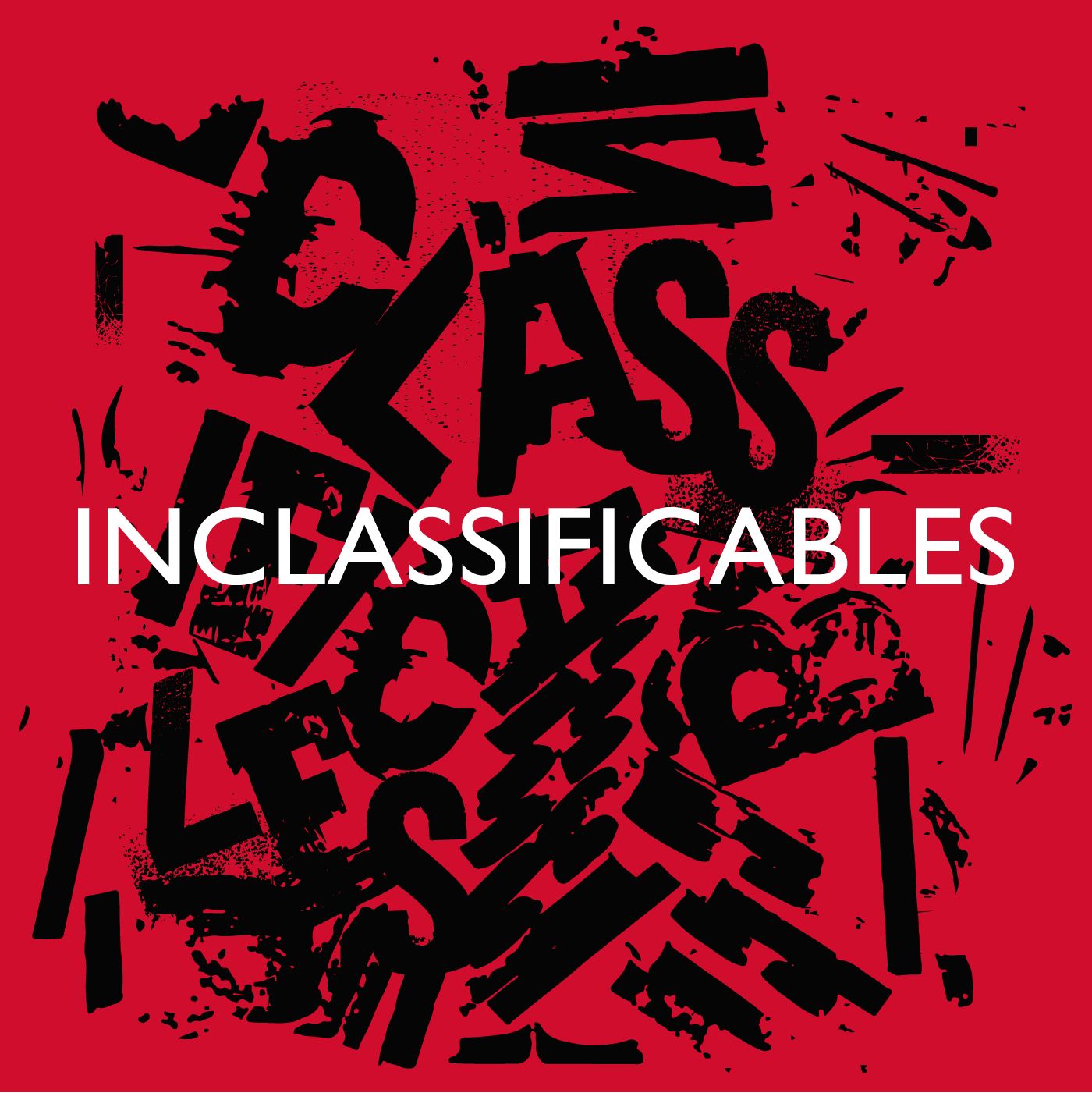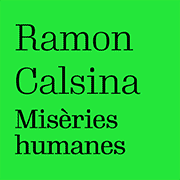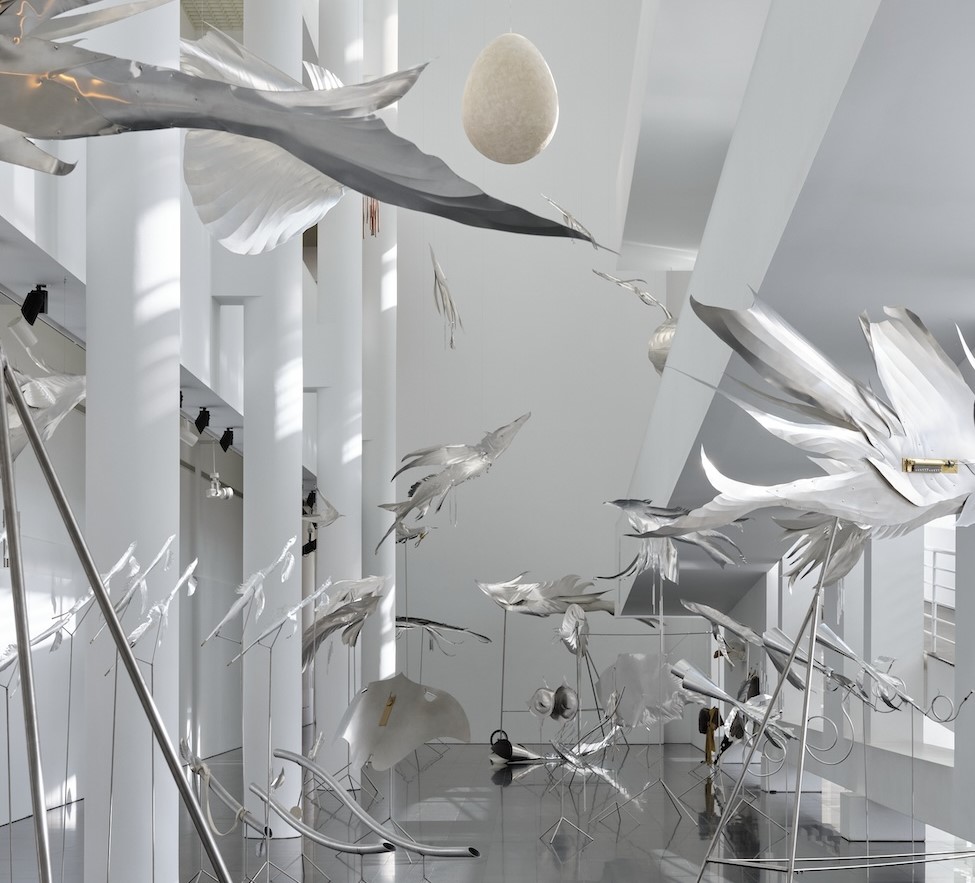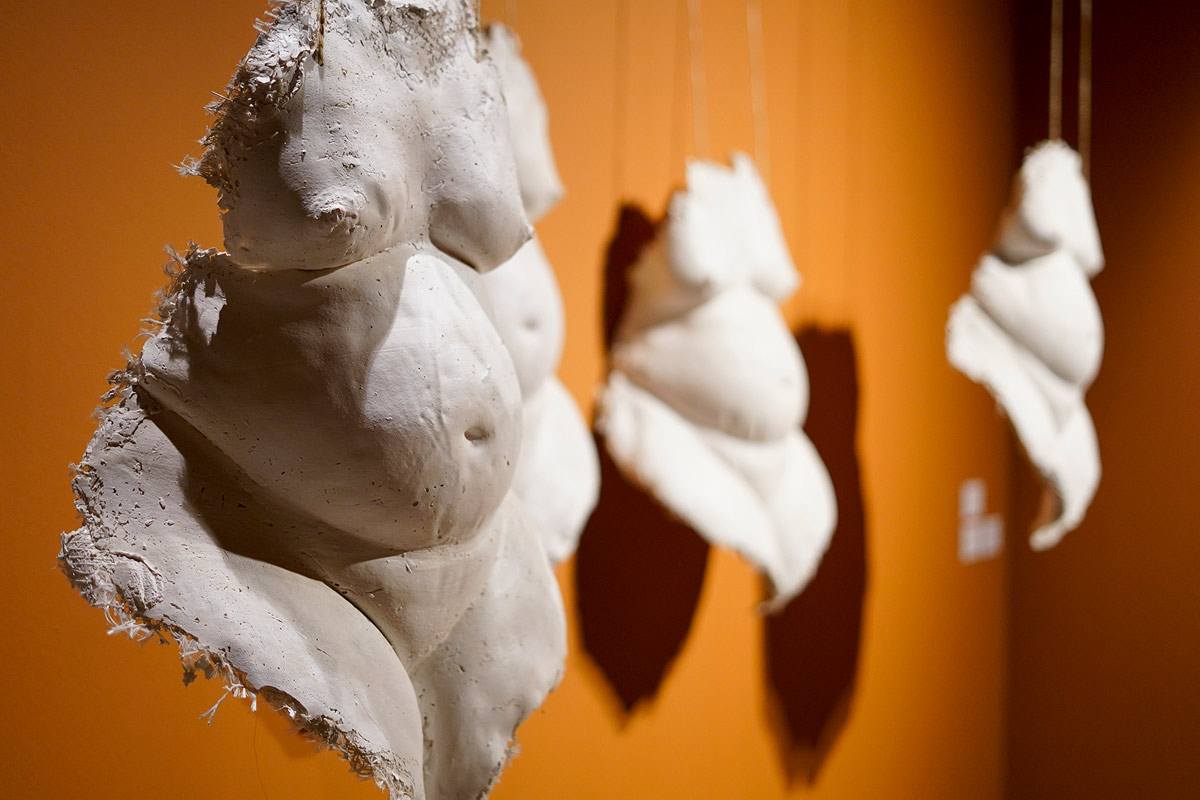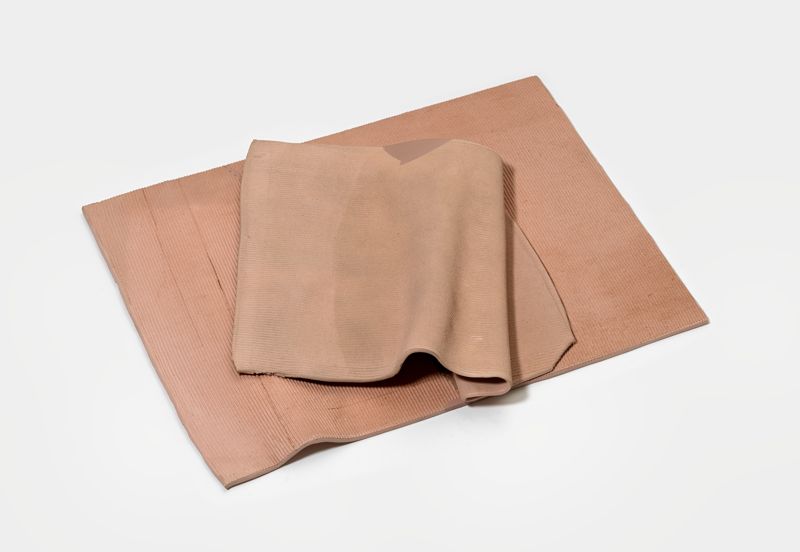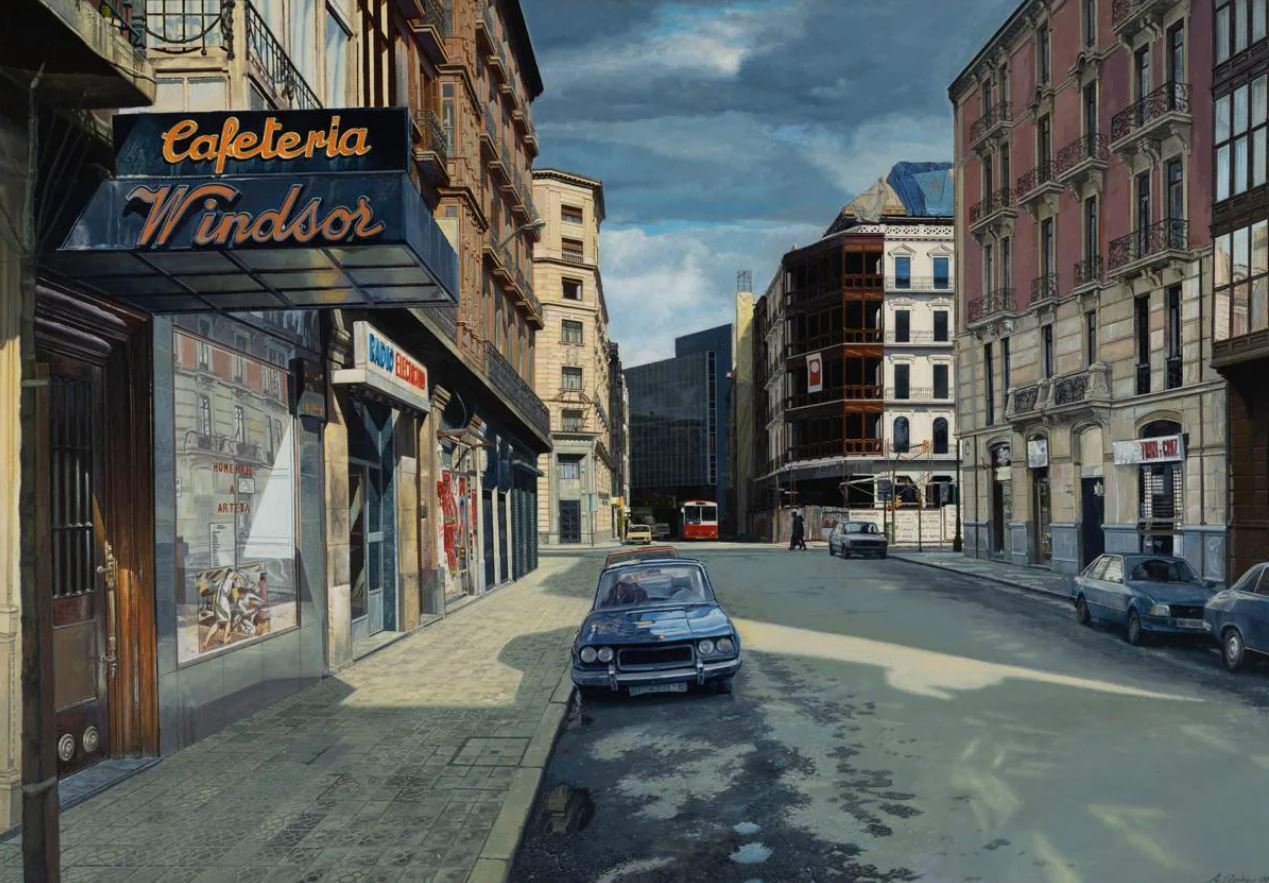Editorial
Weegee: the society of spectators or the comedy of the spectacular
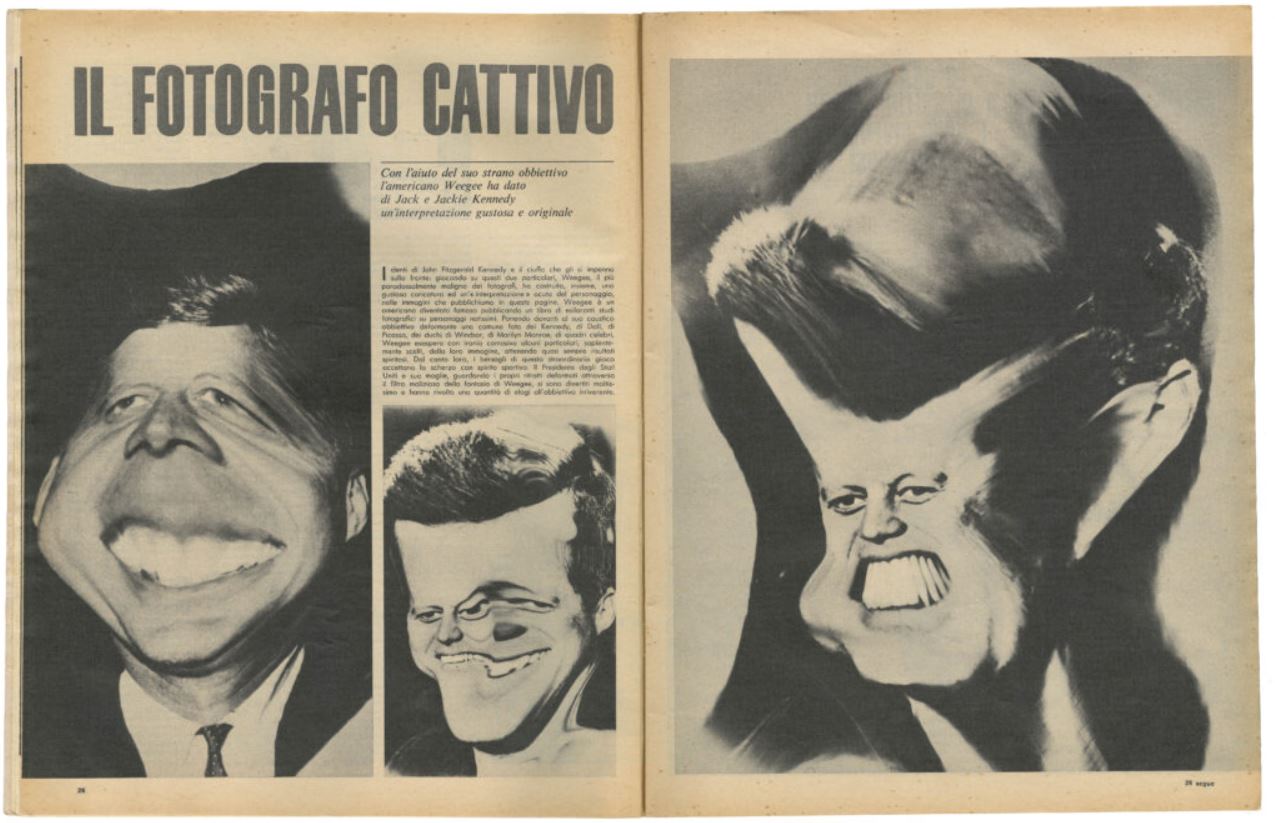
Strolling through the exhibitions in the rooms of the Mapfre Foundation in Madrid is always a good idea. It is neither a very big nor a very small space; a fair size The Foundation is located in the Palau de la Duquesa Medina de las Torres, a building from 1884 built by the architect Agustín Ortiz, of noble design and located on Passeig de Recoletos, in the central artery of Madrid's culture, between the Castellana and the Paseo del Prado.
The visit was mandatory, there were three interesting exhibitions, but due to personal preferences and phobias my claim was the exhibition of one of the interesting photographers, photojournalists, artists of the 20th century: Weegee.
A "self-made man" in the purest American style and that I discovered almost two decades ago through the recommendations of the Catalan photographer Òscar Rodbag while we were working together in a regional written press.
Weegee - pseudonym of Arthur Fellig (Ukraine 1899 - New York 1968) - was an almost Planian man, who forged an artistic look at something terrible: the murders, the violence, the crimes, the social contrasts of the crash of the 29th in New York . He is known mainly for this facet of photojournalist, which with some of his architectural fires of New Amsterdam reminds me of the impeccable and evocative style that the renaissanceist Carles Fontserè established in New York. It was consolidated with the book 'Naked City' of 1945.
The exhibition has a rather suggestive title: the society of spectators. We are an Orwellian society of inactive morbid contemplatives, overcome and hypnotized now by screens, before by the scenes of real, daily reality. The film director Krzystof Kieslowski with the Three Colors trilogy -Red-Blue and White- appealed to this furtive look, found and sought, ultra-real almost by serendipity. It was more poetic to present it but no less poignant.
But Weegee was much more and this exhibition serves to vindicate that, and we must thank this effort. Apart from being the portrait painter of everyday surrealism, he was an alchemist to search for the eccentric and the subtle conceptual, as in the series 'The gestuality in art', 'Enxampats -Con las manos en la masa', 'La dona ubús' or 'A community of saltinbamquis', which could easily be compared to the images of another great artist Diane Arbus, a contemporary of Weegee.
But the genius of this capturer of fragments of time -with black and white as a foundation-, of this man who wanted to fix a visual memory also full of series that investigate the limits of the image, and do it through of the great mass media, it culminates with an avant-garde series of visual investigations, as you also did at the end of his stage, Alfred Hitchcock, with the 'Photocaricatures' or the series 'Al fons de l'optica'. A gem of an exhibition discovered, careful, impeccable in terms of presentation, sober, but very well thought out, an enjoyment that no one should miss, as well as the catalog with articles such as Clément Chéroux, director of the Henri Cartier-Bresson Foundation of Paris and who has curated the exhibition.
In short, the realization of the comedy of what is spectacular that the camera, the eye and the look of this Ukrainian-born migrant gave of an entire society.



